Introduction to Electric Keyboards
Electric keyboards have transformed the music landscape since their inception, offering musicians a versatile and portable alternative to traditional pianos and synthesizers. Initially developed in the mid-20th century, electric keyboards have evolved significantly, incorporating innovative technologies that cater to diverse musical styles and preferences. The earliest models, such as the electric pianoforte, laid the groundwork for modern digital pianos, while subsequent advancements introduced features like synthesizer capabilities and MIDI compatibility.
One of the primary distinctions between electric keyboards and traditional pianos lies in their sound production methods. While acoustic pianos generate sound through the mechanical action of hammers striking strings, electric keyboards use electronic circuits to produce and modify a wide array of sounds. This fundamental difference allows electric keyboards to emulate a myriad of instruments, making them a favored choice among contemporary musicians across genres, including pop, jazz, rock, and electronic music.
The increasing popularity of electric keyboards can be attributed to their compact size, lightweight design, and affordable price points compared to acoustic counterparts. Musicians, whether beginners or seasoned professionals, appreciate the practicality of electric keyboards for practice, composition, and live performances. Many models also come equipped with built-in effects, recording capabilities, and a plethora of preset sounds, enhancing their appeal for those who wish to explore varied musical avenues.
The rise of digital technology has further solidified the electric keyboard’s place in modern music production. As digital audio workstations (DAWs) gain traction, the integration of electric keyboards into home studios has become ubiquitous, facilitating creativity and collaboration. With continual advancements in technology, the future of electric keyboards looks promising, ensuring they remain an essential instrument for music enthusiasts worldwide.
Key Features to Consider When Purchasing an Electric Keyboard
When selecting an electric keyboard, several key features warrant careful consideration to ensure that the instrument meets the user’s needs and preferences. One prominent feature to evaluate is touch sensitivity. This functionality allows the keyboard to respond dynamically to the pressure applied by the player, simulating the feel of an acoustic piano. Touch sensitivity enhances expressive playing, making it a crucial attribute for serious musicians.
Another important aspect is the number of keys available on the keyboard. Most electric keyboards come with either 61, 76, or 88 keys. An 88-key model offers a complete range suitable for piano pieces; however, if portability is a priority, a model with fewer keys may be preferable. Therefore, understanding your playing style and preference will help you determine the ideal key count.
Polyphony is another vital feature to consider. This term refers to the number of notes that can be played simultaneously. A higher polyphony count, such as 64 or 128, allows for richer and more complex sound layering, essential for playing intricate pieces or for those using multiple sounds in a single performance.
Additionally, built-in sounds and effects are significant factors. Many electric keyboards come equipped with a variety of instrument sounds, from pianos to strings, as well as effects such as reverb and chorus. These sounds enhance creativity and provide a broader palette for musical exploration.
Connectivity options also play a crucial role, especially for modern musicians. USB MIDI ports allow the keyboard to interface seamlessly with computers and recording software, facilitating the transition between performance and production.
Lastly, portability is a critical consideration for those who travel or perform frequently. Lightweight models are often more practical for mobile musicians, ensuring ease of transport without sacrificing functionality. By assessing these essential features—touch sensitivity, number of keys, polyphony, built-in sounds and effects, connectivity, and portability—buyers can make an informed decision when purchasing an electric keyboard that aligns with their musical journey.
Understanding Key Types: Weighted vs. Synth Action
When it comes to selecting an electric keyboard, understanding the differences between weighted keys and synth action keys is crucial for achieving optimal playability and comfort. Weighted keys are designed to replicate the feel of an acoustic piano, featuring a more substantial touch and resistance that can enhance a player’s expression and dynamics. Typically, these keys are equipped with a mechanism that increases weight as the player descends onto the key surface, mimicking the action of hammers striking strings inside a traditional piano. This type of keyboard is favored by those who seek a realistic piano-playing experience, making it an excellent choice for classical pianists and those who regularly transition between acoustic and digital instruments.
On the other hand, synth action keys are lighter and more responsive, making them ideal for musicians who engage in fast melody lines or complex fingerings typical in genres such as electronic, pop, or rock. Synth action keyboards often employ a spring mechanism that allows for quicker key return, facilitating rapid play without the fatigue often associated with heavier keys. However, this lack of weight may not satisfy traditional pianists who are accustomed to the nuanced performance that weighted keys offer, leading to diverse preferences among keyboard players.
Ultimately, the choice between weighted and synth action keys will largely depend on individual playing style and genre preference. Players who prioritize chord progression and dynamic control might lean toward weighted keys for their expressive capabilities. In contrast, those focused on creating electronic music or who require a more agile and lightweight performance may prefer synth action keys. Each type presents distinct advantages and disadvantages that can significantly impact the player’s overall experience, making it imperative to consider both personal and musical requirements before making a purchase decision.
Assessing Sound Quality: Sample Libraries and Sound Engines
When considering the purchase of an electric keyboard, sound quality serves as a defining characteristic that can greatly affect both performance and recording outcomes. Sound quality depends significantly on two key elements: sample libraries and sound engines. Together, these components contribute to the overall tonal richness and tactile experience a musician encounters.
Sample libraries contain pre-recorded sounds derived from real instruments, aimed at capturing the nuances of their acoustic counterparts. High-quality sampled instruments often encapsulate multiple velocity layers and articulation variations. This means that the electric keyboard can produce diverse tones that change dynamically based on how hard the keys are pressed, allowing for expressive performances. Conversely, generic sounds, which may rely on simpler synthesis techniques, tend to lack depth and texture, resulting in a less engaging musical experience.
Sound engines serve as the core processing unit of an electric keyboard, determining how the sounds are generated and manipulated. Advanced sound engines leverage sophisticated algorithms and a vast array of sampling techniques to produce realistic and intricate sounds. For example, some keyboards feature multi-sampling capabilities, where each note is recorded at various velocities, allowing for a more authentic representation of the instrument being emulated. This technology contrasts sharply with basic sound engines that may produce static sounds, reducing the keyboard’s versatility and expressiveness.
The importance of sound quality cannot be overstated, especially for musicians who rely on their instruments for professional recordings or live performances. A keyboard’s ability to faithfully reproduce the complex harmonics of instruments relies heavily on its sample libraries and sound engines. In the contemporary music landscape, where digital production is ubiquitous, understanding these components can greatly influence the final output, ultimately leading to richer and more vibrant performances.
Portability and Size: Finding the Right Fit for Your Space
When selecting an electric keyboard, portability and size are critical factors that every musician should consider. These aspects not only influence the ease of transport to different locations, such as gigs or practice sessions but also affect how well the instrument fits within a living space. Keyboards come in various sizes, typically measured in the number of keys, ranging from 25 keys to 88 keys, with compact models catering specifically to those who have limited space or prioritize mobility.
For musicians frequently on the move, the weight of the keyboard plays an essential role. Lightweight designs, often constructed with plastic materials, are ideal for transport and can easily be carried to different venues. Conversely, heavier models may provide a more substantial feel and enhanced sound quality, but they can become cumbersome for regular transport. Therefore, the choice between portability and sound quality can significantly influence the decision-making process.
Compact keyboards not only excel in portability but also offer functionality suited for smaller living environments. These models often integrate features like built-in speakers and a variety of connectivity options, allowing musicians to practice without the need for additional equipment. Additionally, compact designs are perfect for apartment dwellers or those with limited room, ensuring that the keyboard can be stored conveniently without occupying unnecessary space.
Moreover, many modern keyboards come equipped with folding stands or are compatible with compact cases, further enhancing their portability. This flexibility enables musicians to adapt their setup according to their needs, whether performing on stage or rehearsing at home. Assessing your space and travel requirements will guide you in finding the right electric keyboard that balances portability and sound quality, ensuring an excellent playing experience wherever you choose to engage in your musical pursuits.
Exploring High-End vs. Low-Cost Models
When considering the purchase of an electric keyboard, prospective buyers often find themselves torn between high-end and low-cost models. Each category presents its own unique benefits and drawbacks, making it essential to understand the nuances of both options. High-end electric keyboards, typically priced on the upper spectrum, deliver superior sound quality, boasting advanced sound engines and a wider range of instrument voices. This is particularly beneficial for serious musicians or performers who require authentic sounds and dynamic range in their music production.
Moreover, high-end models are often crafted with better build quality. They feature durable materials that not only withstand frequent usage but also provide a more responsive playing experience. Key action is critical in keyboards, and premium models generally offer weighted keys with varying levels of touch sensitivity, which closely emulate the feel of an acoustic piano. Such attributes significantly enhance performance, allowing musicians to execute expressive nuances in their playing.
On the flip side, low-cost electric keyboards present an attractive option for beginners or casual players. Budget-friendly models typically offer simpler features while maintaining essential functionalities, making them accessible for those just starting their musical journey. These keyboards often come with built-in learning tools and basic sound options, allowing users to practice without a substantial financial investment. While they may lack the complex features of higher-end models, many low-cost options provide adequate sound quality and playability for recreational use.
Ultimately, the decision to invest in a high-end electric keyboard or opt for a low-cost model hinges on individual needs and aspirations. Serious musicians may find the enhanced capabilities and longevity of premium models worth the investment, whereas casual users might benefit from the affordability and simplicity of budget options. Understanding these distinctions can significantly aid in making an informed decision tailored to specific requirements.
Best Brands and Models to Consider
When searching for the best electric keyboards, it is essential to consider reputable brands known for their quality and performance in this musical segment. Among the most respected manufacturers, Yamaha, Roland, Korg, and Casio consistently earn accolades for their diverse range of instruments catering to various expertise levels.
For beginners, the Yamaha P-125 is highly recommended. With an authentic piano touch, it features weighted keys and a variety of voices, making it user-friendly for novice players. The Casio CT-S300, another excellent choice for those starting their musical journey, offers an impressive selection of tones and rhythms while maintaining an affordable price point.
Intermediate players can consider the Korg EK-50, which integrates various sounds and a simple learning interface along with the ability to record performances. This model is perfect for musicians wishing to explore their creativity further. Additionally, the Roland FP-30X offers Bluetooth connectivity, allowing musicians to interact with music apps to enhance their practice sessions.
For professional musicians, the Yamaha CP88 is among the top-tier electric keyboards available. It features a realistic acoustic piano feel, highly regarded sounds, and a robust build designed to withstand frequent performances. Another notable model is the Roland RD-2000, which combines unparalleled sound quality with an extensive range of features tailored for demanding live performance environments.
Each of these brands offers excellent models across different price points and skill levels. By selecting a reputable brand and an appropriate model, musicians can invest in an electric keyboard that aligns with their goals and aspirations, ensuring an effective learning or performance experience.
Where to Buy Electric Keyboards: Online vs. Retail Stores
When considering the purchase of an electric keyboard, prospective buyers often face the decision of where to shop. Both online and retail store options have unique advantages that cater to different consumer preferences. Understanding these benefits can help in making an informed decision.
Shopping at retail stores provides the invaluable opportunity to physically interact with the instrument before committing to a purchase. Customers can play various models, experiencing firsthand the feel and sound of different electric keyboards. This tactile experience is particularly important in determining factors such as key sensitivity, sound quality, and overall comfort during play. Moreover, knowledgeable staff at retail locations can offer personalized advice and recommendations based on individual skills and needs.
Conversely, online shopping has gained traction due to its convenience and broader selection. Websites dedicated to musical instruments often feature an extensive inventory, allowing consumers to explore a wide range of brands and models from the comfort of their homes. Many online platforms also provide detailed product descriptions, customer reviews, and comparison tools, which enable informed decision-making. Furthermore, online purchases often come with competitive pricing and occasional discounts that may not be available in physical stores.
Another important consideration is the return policy. Many online retailers offer flexible return policies that allow customers to test the keyboard at home, mitigating the risk of dissatisfaction upon arrival. In contrast, retail stores typically enforce stricter return terms. It is essential to assess these policies before making a decision.
In conclusion, the choice between online shopping and retail stores when purchasing electric keyboards largely depends on personal preferences involving product interaction, convenience, and pricing. Whether one values the experience of testing instruments in-store or the ease of browsing countless options online, each method has distinct advantages worth considering.
Conclusion: Making the Right Choice for Your Musical Journey
As we conclude this comprehensive guide on electric keyboards, it is essential to reflect on the myriad features and comparisons that we have explored throughout this discussion. The right electric keyboard can significantly enhance your musical journey, making it a pivotal investment for both novice musicians and seasoned players alike.
When selecting an electric keyboard, it is crucial to assess your personal needs and preferences. Factors such as portability, polyphony, keyboard action, and built-in features can impact your playing experience. Whether you’re focused on practice, composition, or performance, understanding how these elements align with your goals will aid in making an informed choice. For those just starting out, a model with beginner-friendly features might be more advantageous, whereas experienced musicians may prioritize advanced functionalities that support creativity and expression.
Moreover, the sound quality of the keyboard is integral to the overall experience, as it directly influences how you engage with music. Many electric keyboards offer a range of sound options derived from various musical styles, which can inspire creativity and exploration in your practice sessions. It’s also beneficial to consider the connections and compatibility options, such as MIDI capabilities, which allow for integration with other instruments and digital audio workstations.
Ultimately, the journey into the world of electric keyboards is as much about personal growth as it is about technical specifications. We encourage you to take your time, weigh the available options, and choose a model that resonates with your unique musical aspirations. With the right electric keyboard, you can unlock new levels of creativity and enjoyment, making music an ever more enriching aspect of your life.

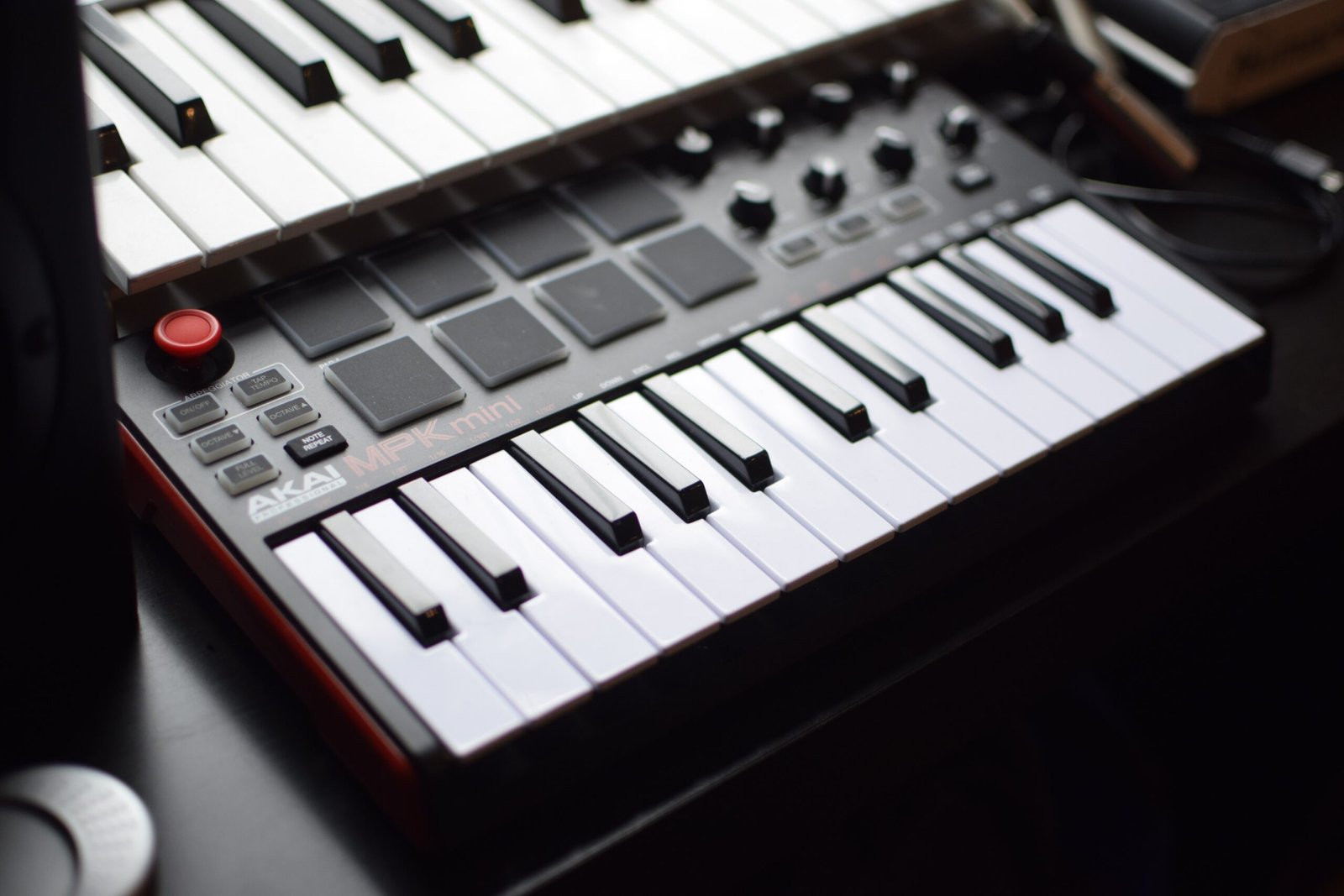
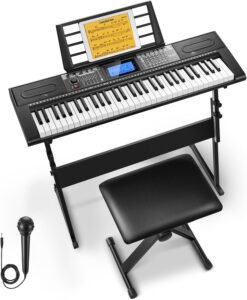
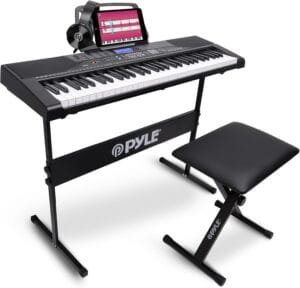
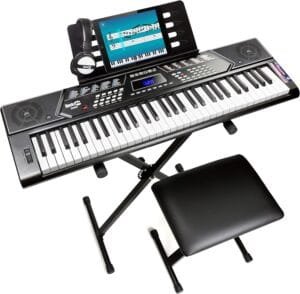


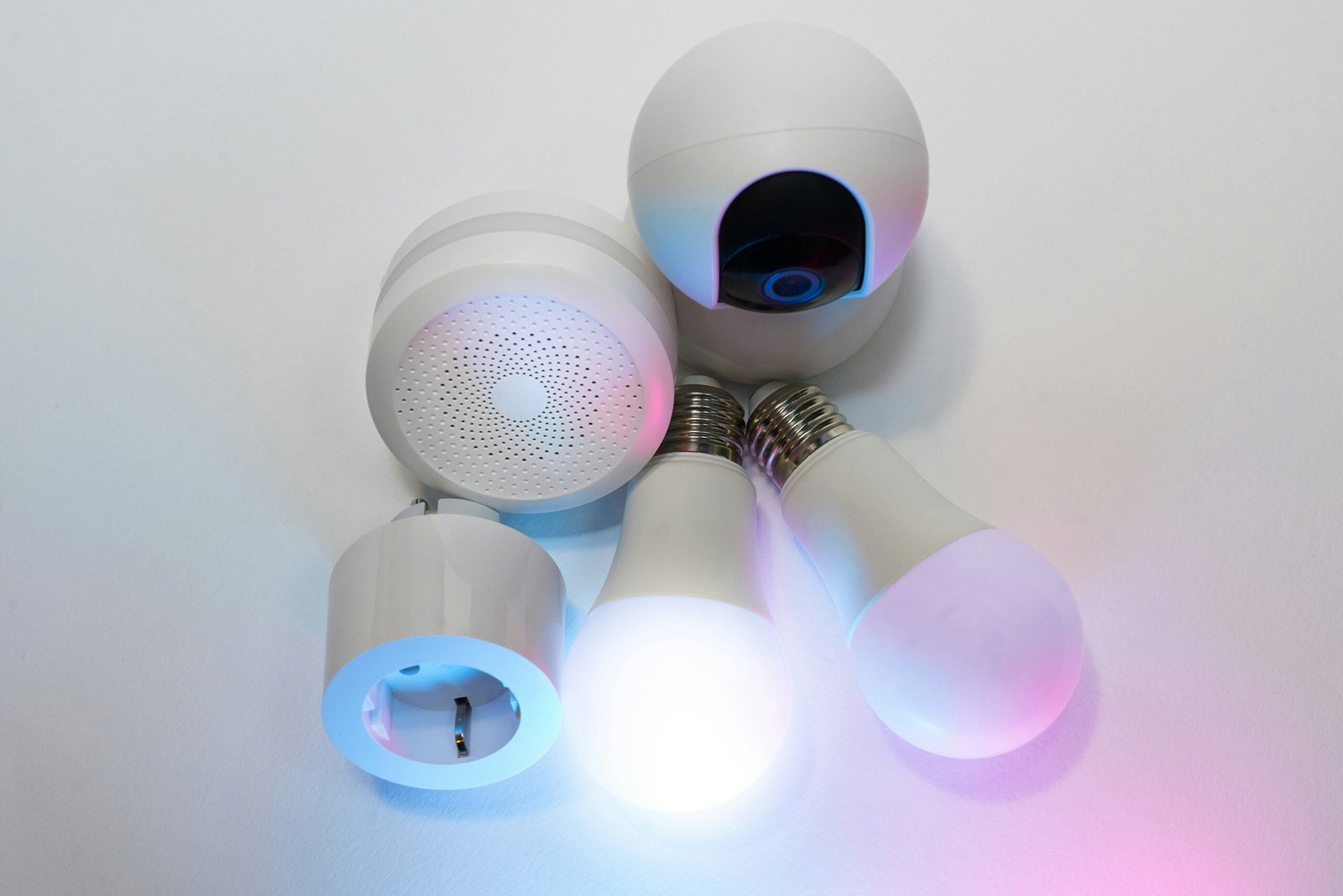

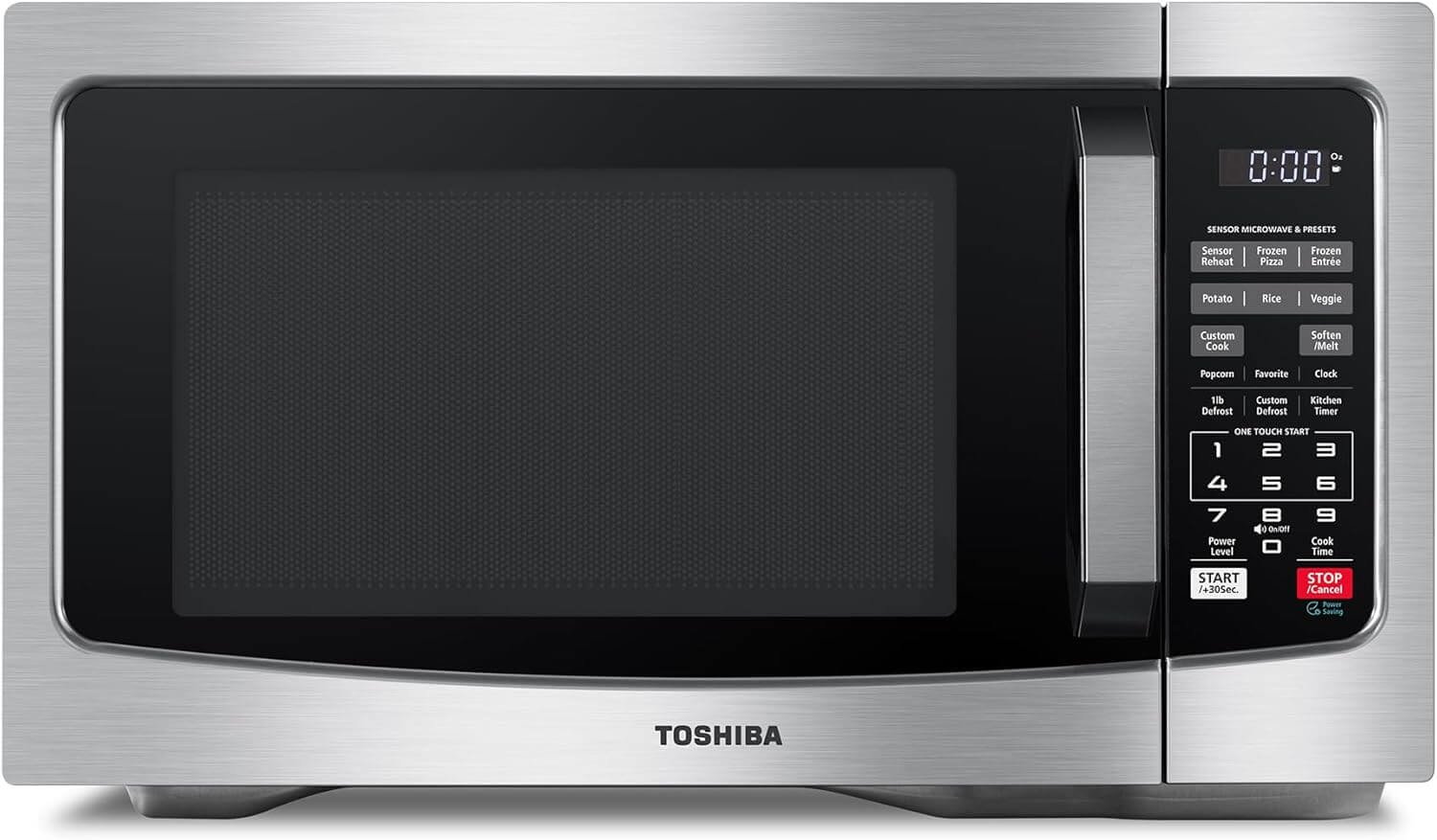



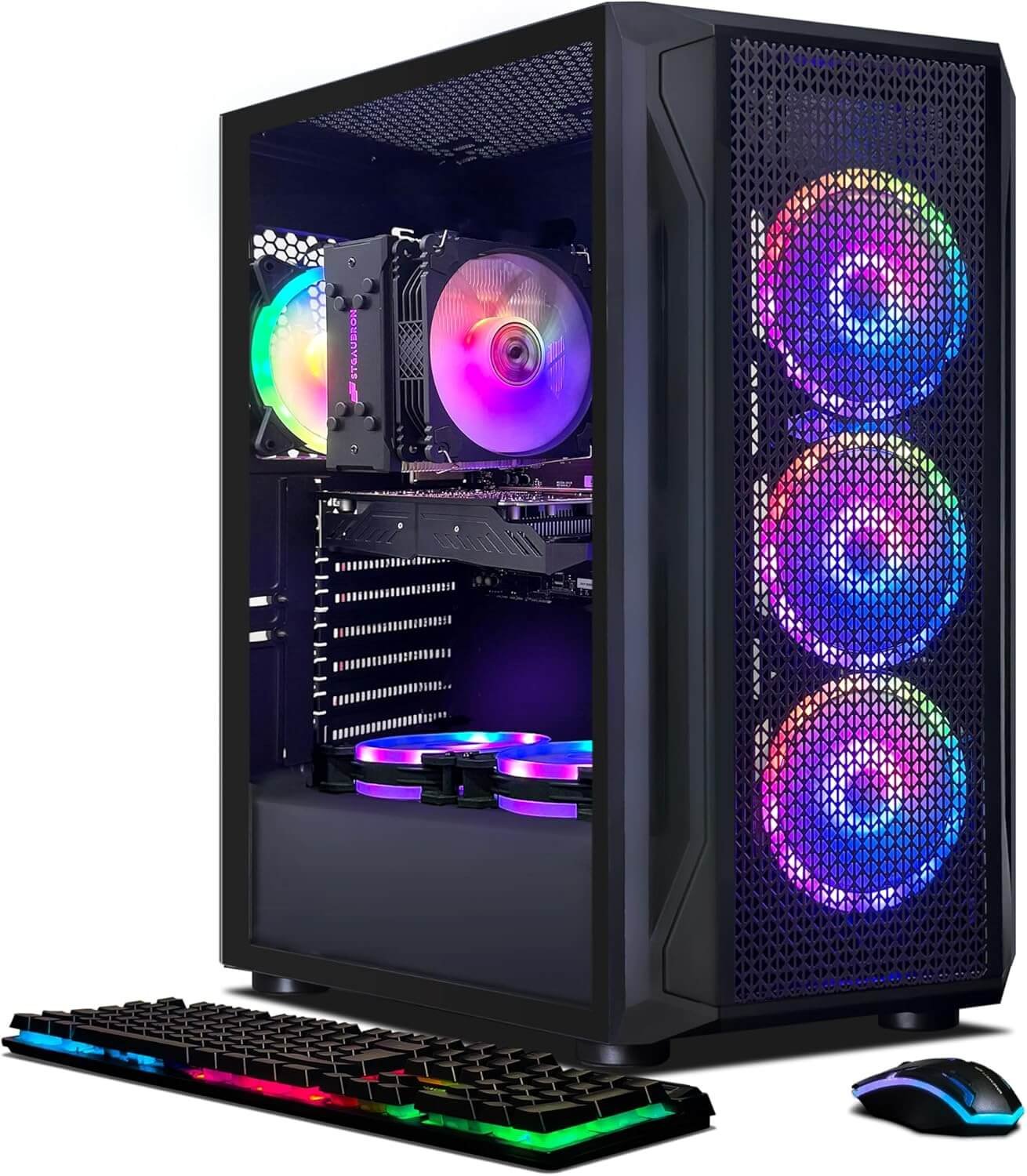


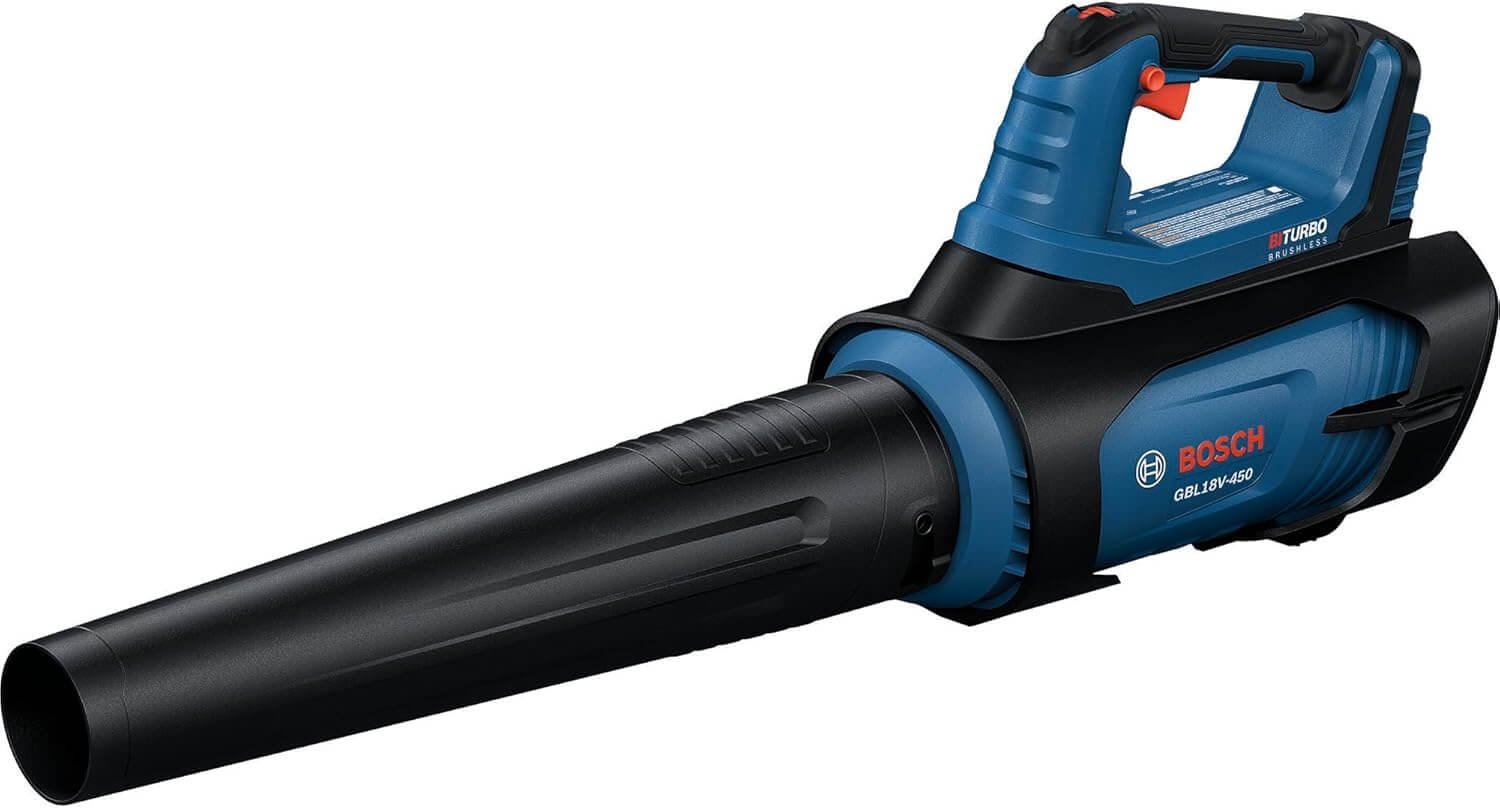


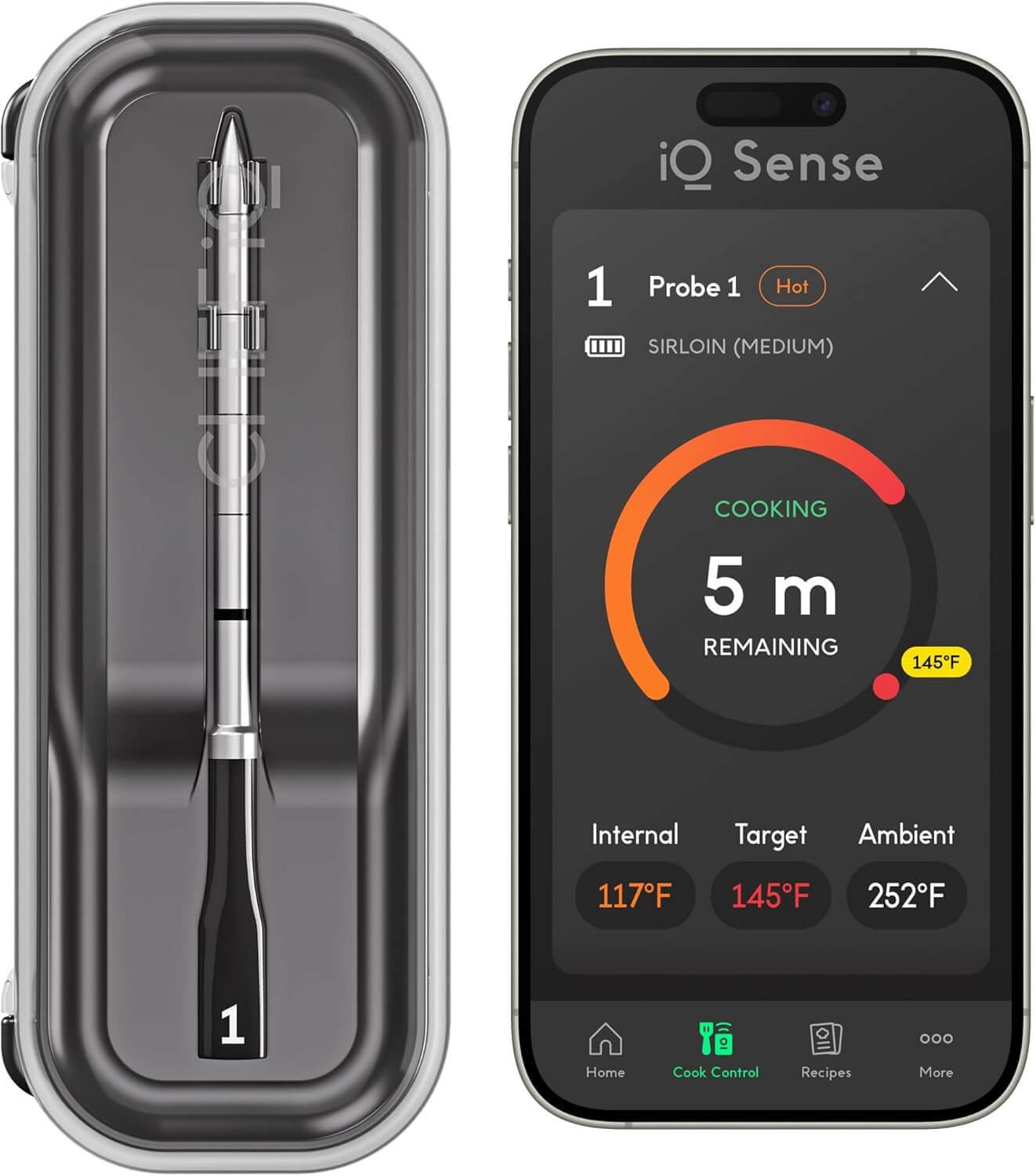


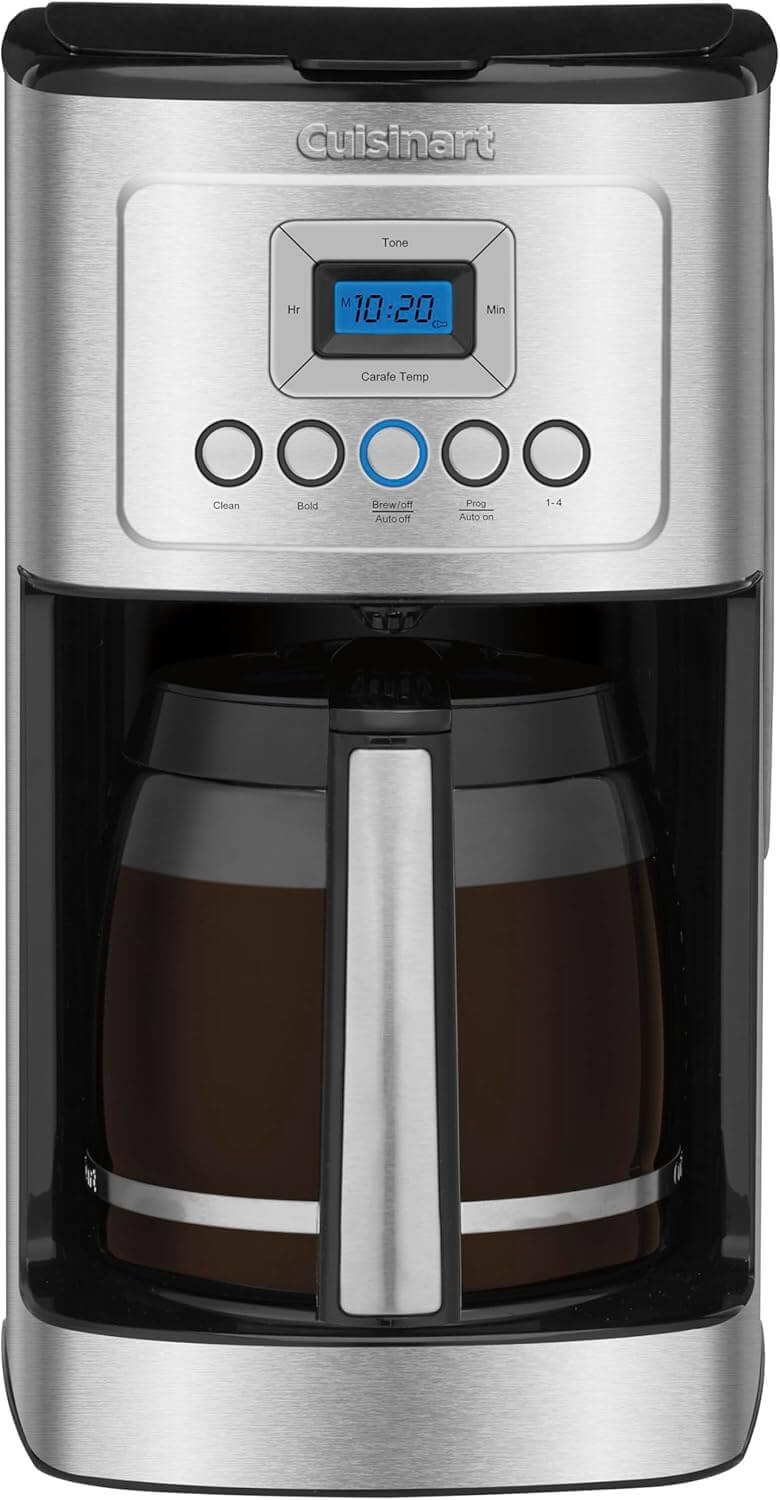
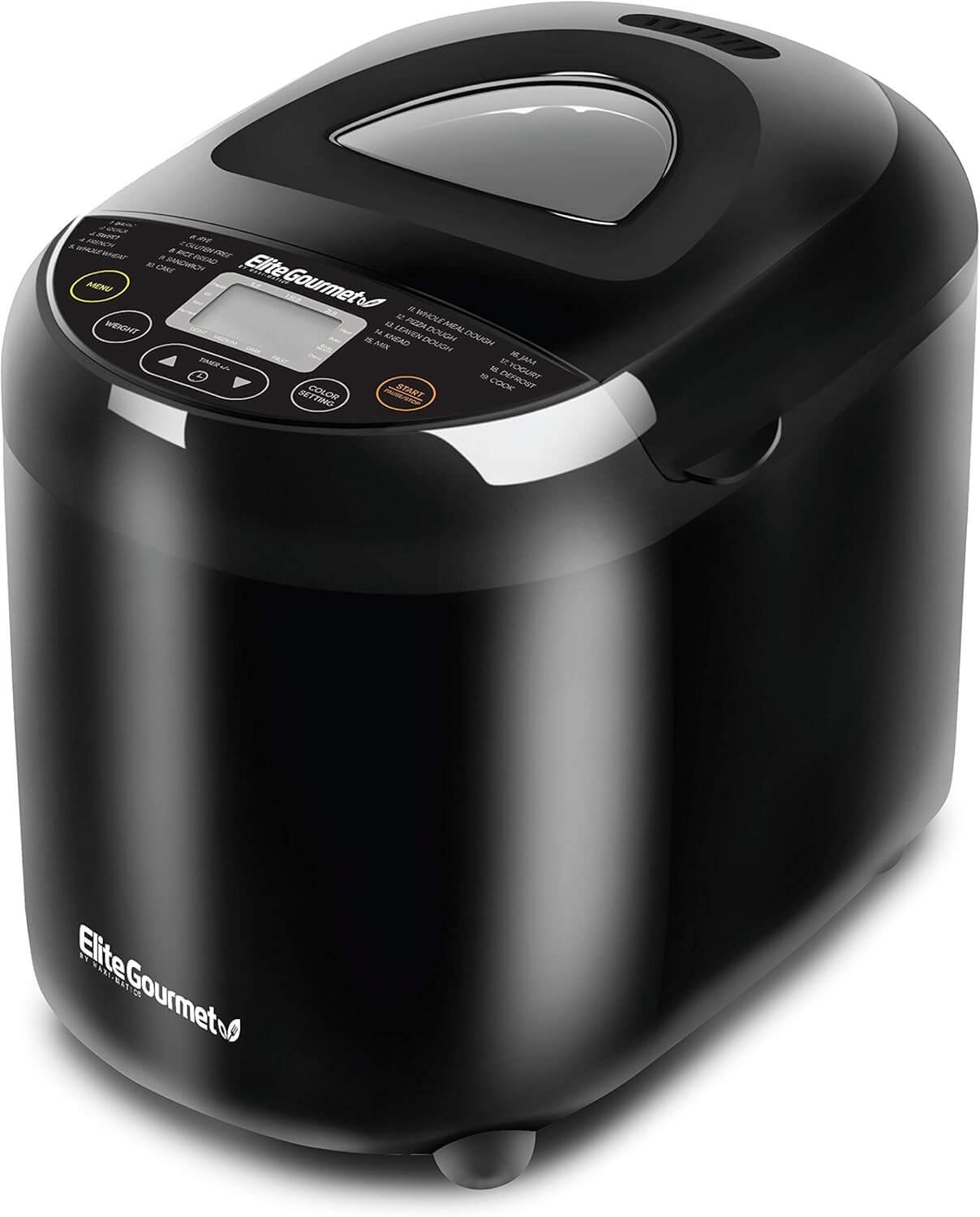
![Apple Watch Series 10 [GPS + Cellular 46mm case] Smartwatch with Natural Titanium Case with Natural Milanese Loop - M/L. Fitness Tracker, ECG App, Always-On Retina Display, Carbon Neutral](https://product-reviews-today.com/wp-content/uploads/2025/09/Apple-Watch-Series-10-GPS-Cellular-46mm-case-Smartwatch.jpg)
